It’s been dark for almost five hours, the city has slowed, and even the 101 Freeway is sparse and quiet. Steve Zimmer has just wrapped his last appointment, but rushing home seems foolish when a rare sit-down dinner is an option. Most days Zimmer hardly notices how alone he is, because he never stops working.
On this wintry night earlier this year, the then-18-month veteran of the Los Angeles Unified School District Board of Education is coming off a 14-hour day, a zigzag tour of schools from West Hollywood to the Elysian Valley, from parent meetings on the Westside to policy meetings downtown, home to Hollywood to walk his blind Chihuahua-pug mix and is about to wind down — finally — with dinner and a very necessary nightcap in Echo Park. By this point, Zimmer is hungry, tired and melancholy, so once he’s decided upon the kitschy French bistro Taix on Sunset Boulvard, he pops in a Leonard Cohen CD and sinks into the driver’s seat of his LAUSD-owned Prius.
Hallelujah…
“So you know that everybody covers ‘Hallelujah,’ but this version, this live version is just … unbelievable,” he says. “The instrumentation is very different than his studio albums. I didn’t realize how Jewish-influenced his music was until I heard this. It almost has a klezmer-y feel.”
Zimmer moves to another favorite, Beck, whose album “Sea Change” he calls “the breakup album.” “It rips your heart out,” he says, explaining that he listened to it on loop for months after a six-year relationship ended recently. At 41, he has never married, but he says his last breakup felt like a divorce.
“I’ve been good — or at least passable — at a lot of things in my life,” Zimmer tells me. “I haven’t been as good at relationships. An artist can’t help being an artist — in the same sense that I can’t help what I do. It’s a focus thing.
“I don’t know how to do things any other way. It’s a complicated balancing act to have two passions. It takes a very, very special person to be willing to be part of a balancing act.”

Steve Zimmer speaking at Venice High School about LAUSD’s “We Build” school construction and renovation program.
But if Zimmer thinks his schedule reflects any sort of work/life balance whatsoever, he’s either incredibly un-self-aware or in denial. Most days he’s so entrenched — between developing and arguing policy downtown and visiting with parents, students and administrators at any of the 99 school sites in his district, which runs from East Hollywood to the ocean, north to the Valley and south to Westchester (“It’s f—-ing enormous!”) — there really is no distinction between Zimmer’s work life and personal life. Given the constant state of crisis in today’s public schools, every school board member must take the job seriously, but, for Zimmer, it is an up-all-night, high-octane, high-stress, the-world-rests-on-your-shoulders kind of job. He gives it everything, with a self-sacrifice that borders on masochism.
You might call Zimmer a modern-day Don Quixote, a man on a deeply personal but quite possibly futile quest to revitalize public education during one of the most fraught periods in American schools’ history — and in a landscape packed with counter forces so dizzying it makes La Mancha look like a playground. Is he mad? Maybe. And yet, there can be reason in madness. Zimmer is the kind of hero you want to see succeed — affable, passionate, intense and charismatic — and he approaches almost everything except politics with romantic brio.
Like any good literary character, Zimmer faces tough obstacles and has some tragic flaws. He took a huge pay cut to sit on the board full time, leaving his $90,000-per-year teacher’s salary for an annual income of about $50,000. “I don’t say this lightly, but financially, this has ruined me,” he says.
The parallel between his life and the central dilemma facing LAUSD is striking: Just a few months ago, due to California’s budget crisis, LAUSD faced a $408 million deficit for the 2011-2012 school year, effectively threatening the jobs of about 4,000 teachers, and, as a result, the education of approximately 640,000 students.
The crisis was mitigated in late June when LAUSD passed a budget combining state revenues, givebacks from the unions and from the California Workers’ Compensation reserve, as well as a one-time stimulus from the federal government’s Education Jobs Bill. But even that wasn’t enough; this month, 3,000 LAUSD employees face layoffs, though a pending labor deal with the unions mandating furlough days may prove a saving grace for at least half of those jobs.
Zimmer is part of a board trying to steer a ship under siege and, every day, has to contend with numerous angry forces. But, for Zimmer, that seems to fade into the background when he’s face to face with the city’s most vulnerable. He is known for his devotion to at-risk students, the impoverished and gang-prone, those most susceptible to drug addictions or lives of crime.
His altruistic spirit, while admirable, has also earned him criticism; he’s been accused of putting the needs of his Eastside constituents before the concerns of his more affluent constituents on the Westside. Indeed, dividing his focus is a struggle both internally and externally, but Zimmer maintains that his bottom line is to ensure equal opportunities for all students, irrespective of where they land on the socioeconomic continuum.
To bridge the education gap between the haves and the have-nots, he says, is “the civil-rights struggle of our day.”
At 8 a.m. on a Wednesday, Zimmer picks me up 20 minutes late for a parent meeting at Rosewood Elementary School, where he’ll discuss the district’s plans to build a new middle school in West Hollywood (currently, the closest option is in Hollywood, a long commute for parents). Zimmer wears a suit that looks a little baggy on his medium build, the business attire an odd contrast with his laid-back style. He has beady but piercing blue eyes and is markedly bald in front; a perpetually furrowed brow gives him a scowling look.
“So, this is a train wreck of lateness this morning,” he apologizes before adjusting his tie and checking his BlackBerry. “But there will be food and coffee.”
Before he was elected to a three-year term on the board in 2009, Zimmer taught for 17 years. He came to Los Angeles as a Teach for America trainee in 1992, and, by fall, was placed at John Marshall High School teaching English as a second language. Marshall transformed Zimmer; the Los Feliz school is a Title I school, with nearly 70 percent of students qualifying for the free or reduced-fee lunch program. At Marshall, he realized his students needed more than what the classroom offered, so he created an intervention-counseling program and became a community activist, campaigning for immigrant rights and bilingual education. Public education, he came to believe, is the best and only hope for creating stability in marginalized communities.
At West Hollywood’s Rosewood, 25 parents have gathered inside a small auditorium for a meeting about a new middle school added onto the nearby Laurel Elementary School campus last fall. “We want middle school to be something you’re excited about, not something you’re scared of,” Zimmer says to mild chuckles. Laurel opened to sixth-graders in fall 2010; 160 students are registered for grades 6-8 for the coming school year.
“You get to have a major role in how this school is shaped. You get to build it,” he tells them. When he’s done with his shpiel, parents ask about class size, curriculum and what the cafeteria will serve. Zimmer doesn’t have all the answers but tells them classes will start small. “I wouldn’t be broadcasting this out,” he warns.
“And the new superintendent is on board with this?” one woman asks, referring to John Deasy, who would take over for LAUSD’s veteran innovator Ramon Cortines in April 2011.
“He will be,” Zimmer says with surprising confidence for someone who was the sole board member to oppose Deasy’s confirmation as superintendent last January. “He should be,” Zimmer corrects himself, “because if we do this right, we’re going to retain the ADA [average daily attendance] of the middle-school students we’ve been losing to charters for years.”
Before Zimmer helped open the new middle school, only 11 students from the greater West Hollywood area attended an LAUSD middle school. The resulting loss in funds to the district was enormous because LAUSD receives approximately $5,800 from the state per student enrolled. Next calendar year, Zimmer estimates the district will have lost 83,000 students to charter schools. Do the math, and the total losses amount to more than $480 million, a substantially larger sum than LAUSD’s total deficit.
At a town hall meeting at Walgrove Elementary in Venice in June, Zimmer found himself in the awkward position of defending district plans to parcel out Walgrove land to a charter school (LAUSD is required by law to provide space for charters). The meeting was attended by Tanya Anton, author of “GoMamaGuide,” a detailed guidebook to Los Angeles schools. Anton makes a living advising families about their public school options. In the last election, she supported Zimmer’s opponent, Mike Stryer, a business executive-turned-Fairfax High School teacher, but she said she is heartened by Zimmer’s willingness to engage in dialogue.
“My issue with Steve is that I feel he’s conflicted, because he was paid for by UTLA money,” Anton said, referring to the teachers’ union, United Teachers Los Angeles, which donated an estimated $300,000 to Zimmer’s 2008 campaign. “I just don’t know how effective he can be. I see his passion. I honor his commitment to the disenfranchised. I just don’t know if he can take care of business and get things done.”
Because he is a former teacher, Zimmer’s allegiance to unions is philosophical and fundamental; he believes public workers’ rights should be protected. But Zimmer’s union association has also become an image problem as one of public education’s fiercest current battles pits a civic-led reform movement against teachers’ unions. Fed up with dismal graduation rates and low test scores — in LAUSD, approximately 50 percent of students graduate high school, and only about 10 percent go on to college — teachers’ unions have come to represent what many believe is an intolerable status quo, one that protects poorly performing teachers. The notion that if students are failing, bad teachers are to blame, has been reinforced in mainstream culture by popular polemics such as Davis Guggenheim’s documentary “Waiting for Superman.”
The assumption that Zimmer parrots union party line is problematic, but it’s also not entirely true. In fact, Zimmer nearly derailed his union base within the first weeks of his term, when, in July 2009, he voted for Public School Choice. The measure created a mechanism by which all new LAUSD schools are automatically put out to bid, so charters can apply to operate these schools. Zimmer came on board when, as a compromise, an addendum included failing schools in the conversion program. To date, however, only one charter operator, Green Dot, has ever applied to take over an LAUSD failing school.
The teacher’s union vehemently opposed Public School Choice, largely because most charters are not unionized, and every takeover means more job losses for teachers and other school staff. A.J. Duffy, immediate past president of UTLA, referred to Public School Choice as “an unmitigated disaster” and called it a “misstep” on Zimmer’s part to lend his vote.
“Having said that, I’m a realist,” Duffy added. “And when we support a candidate for school board, we don’t buy them. They don’t belong to us. Overall, Steve has been very good about pushing a progressive teacher-driven agenda.”
Zimmer defends his support of Public School Choice as a political compromise.
“Public School Choice is a better process for restarting schools than anything the federal government has come up with. But for new schools? I’ll regret forever that I voted for that,” he said. He believes the admissions process by which charters operate, as well as the disproportionately low attention given to special-needs programs, work against the core value of public education — to serve all students.
Maria Elena Durazo, head of the Los Angeles County Federation of Labor, AFL-CIO, admitted Zimmer has “butted heads with official union leadership — on a number of occasions.”
“He’s not a blind follower,” Durazo said. “But he believes in the fundamental value of a strong labor movement, that it is essential to a democratic society. He represents true human values; a janitor losing his or her job is not just a number to him — that’s a human being.”
The problem Zimmer faces, though, is that what matters most to him is not necessarily what matters most to everyone else. “Certainly I think about kids first, but not kids only,” he says. “Because to get kids to graduation requires adults that are well trained, performing well, and well supported.”
Zimmer was born on the Upper West Side of Manhattan to a middle-class family. His mother taught middle school, and his father taught business at Newark College. When Zimmer was 5, his father lost his job and purchased a blueprinting business in Bridgeport, Conn., moving the family from Jewish Mecca to a place where the boy would become the only Jew in school.
“I got beat up because of it,” he says. “I remember one time when we were doing a Christmas project, one of the kids asked, ‘Why doesn’t he have to do it?’ And my teacher said, ‘Oh, he’s not like us. He’s different, he’s Jewish.’ ” The family’s religious practice was even more alienating, as they kept a strict kosher home and attended a Conservative shul every Shabbat. Did this make him resent Judaism?







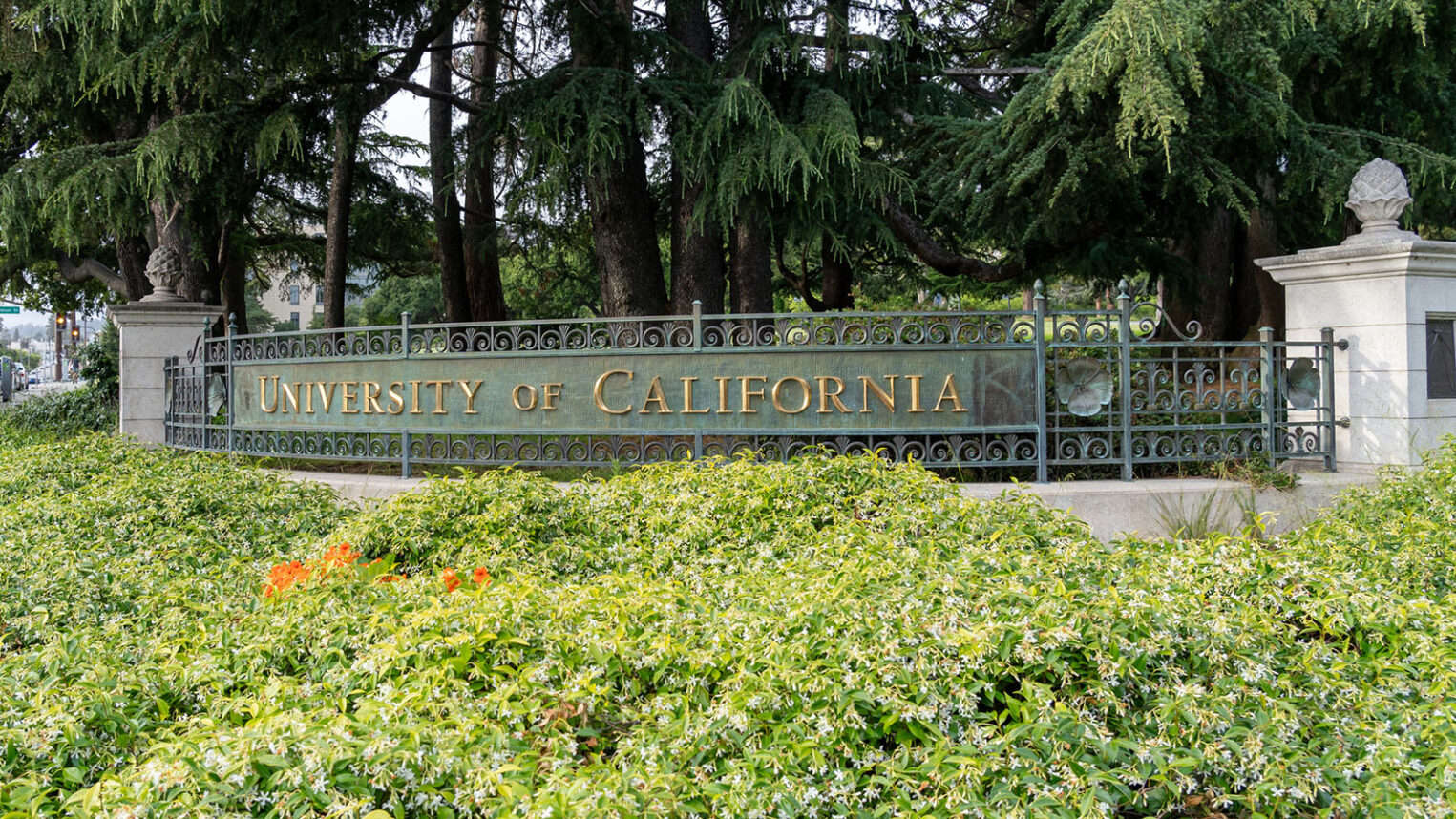



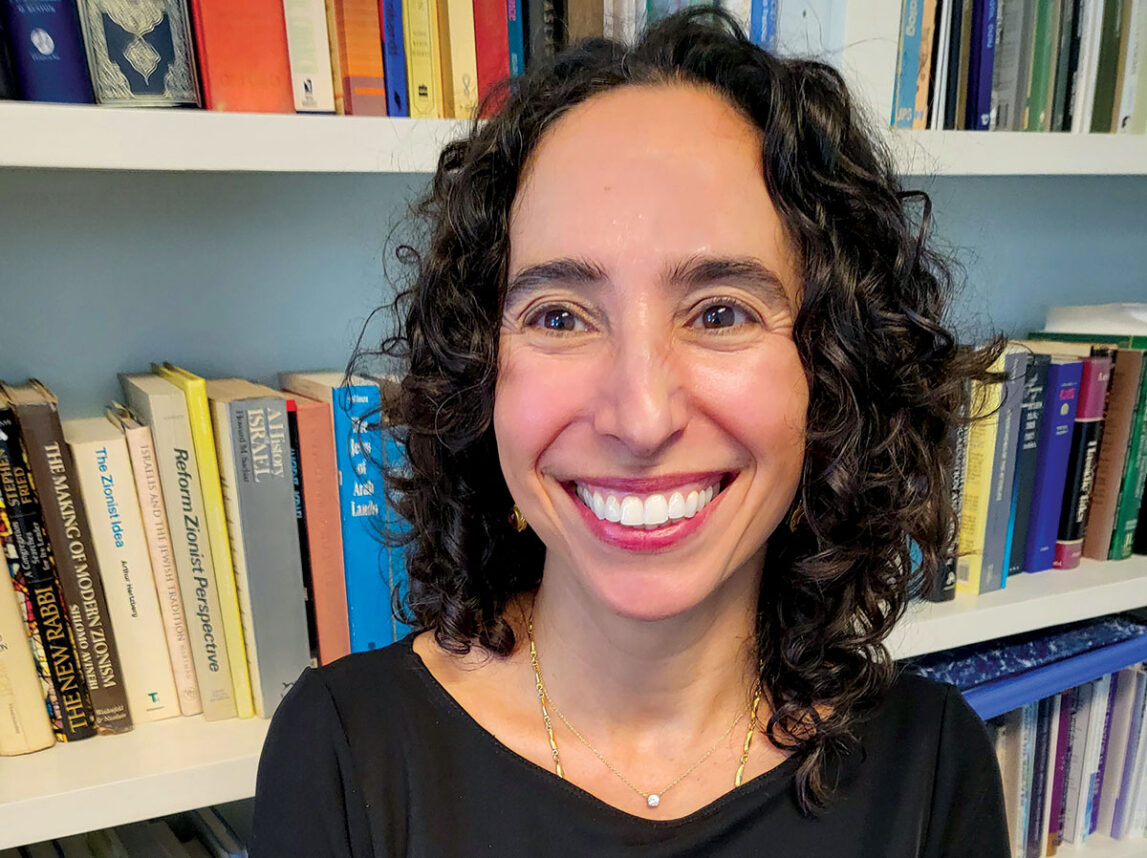
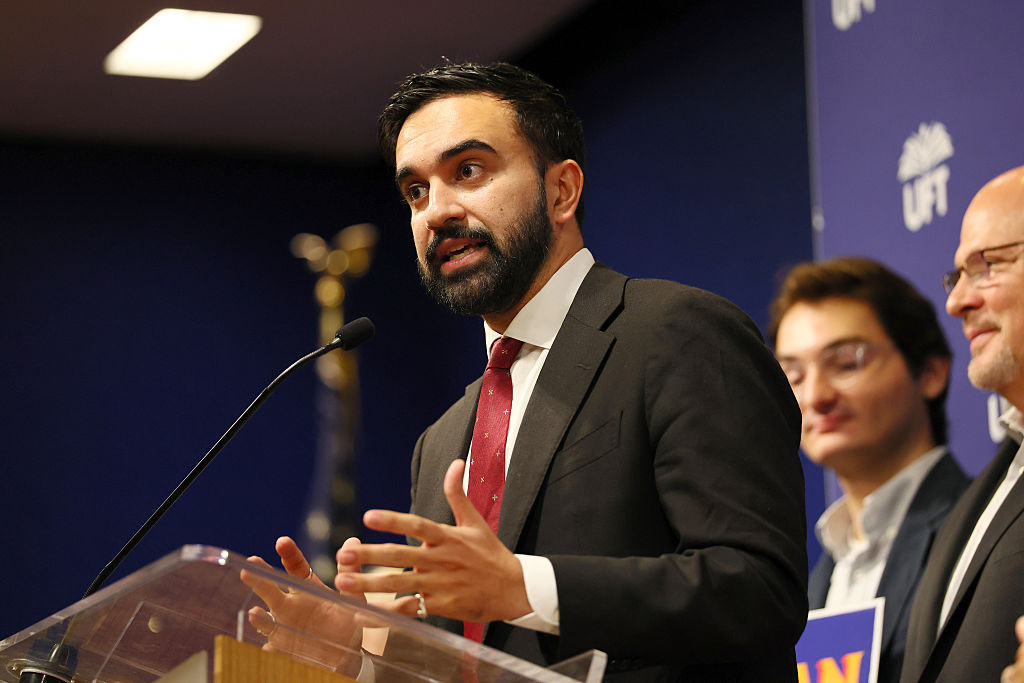


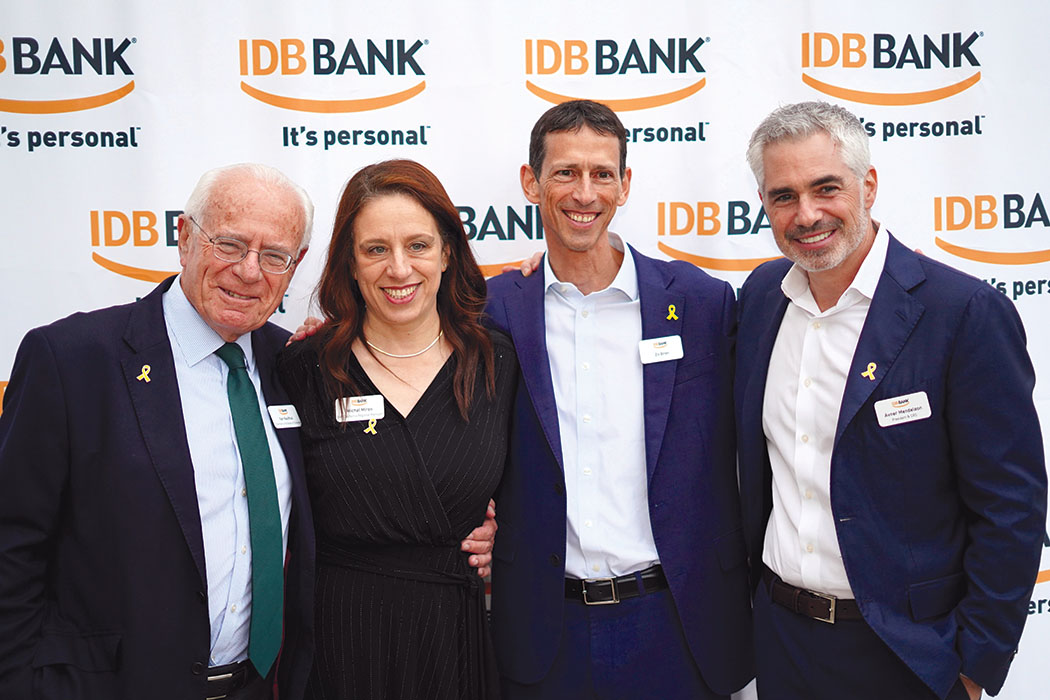

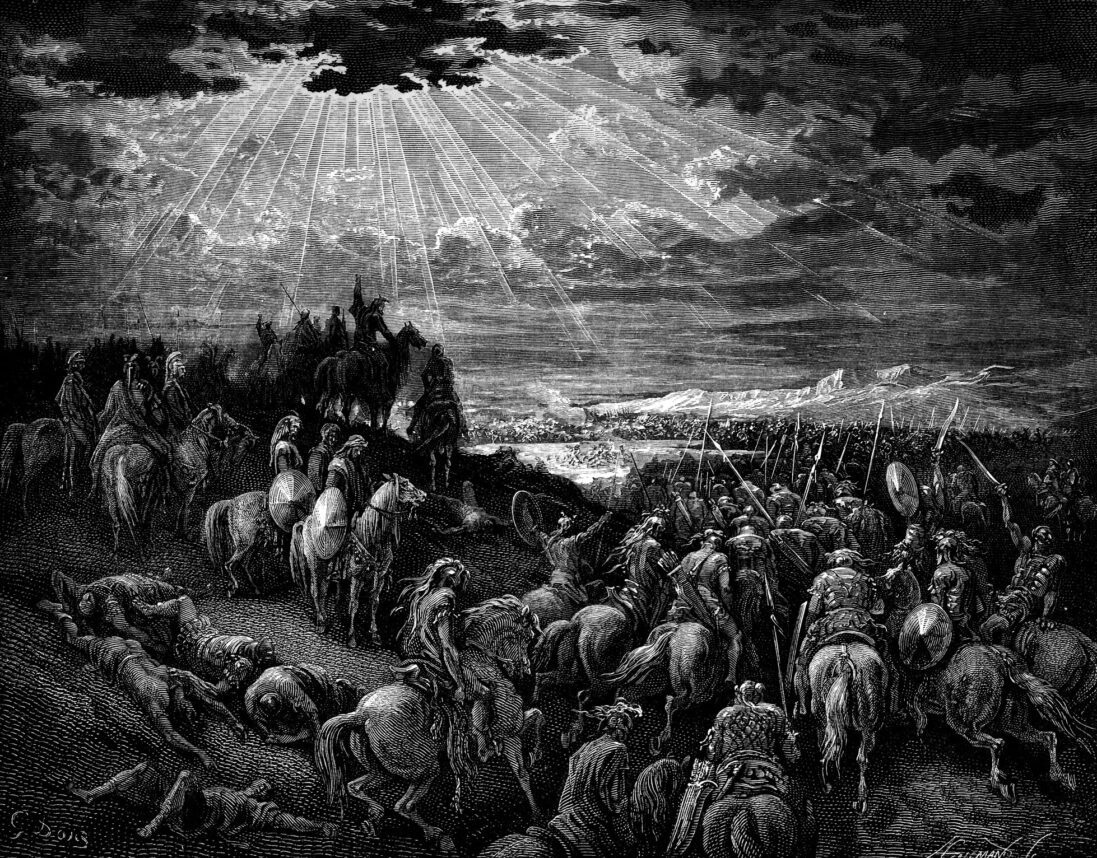





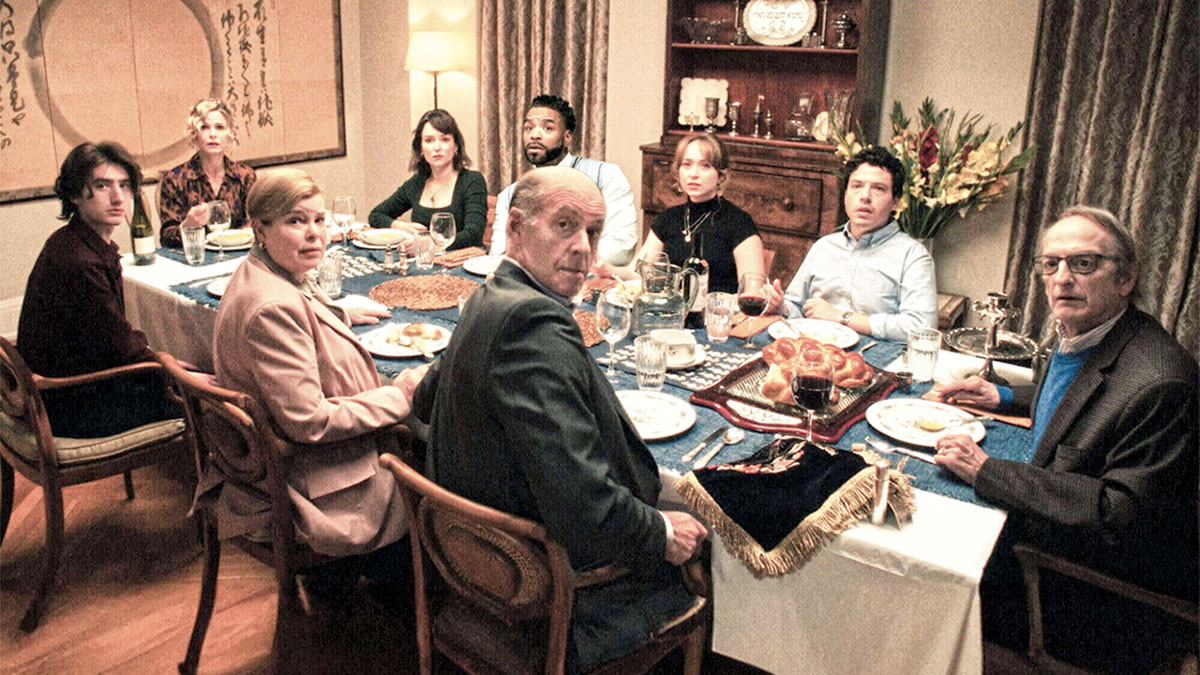
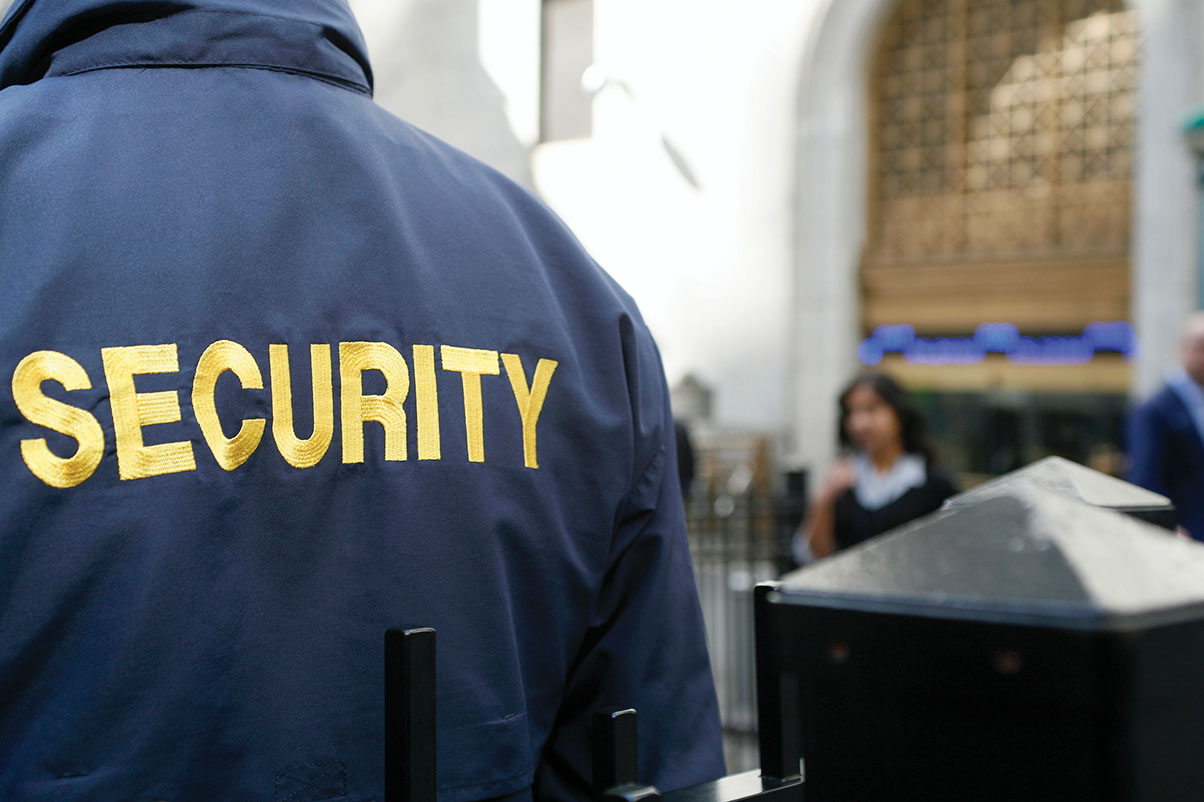








 More news and opinions than at a Shabbat dinner, right in your inbox.
More news and opinions than at a Shabbat dinner, right in your inbox.